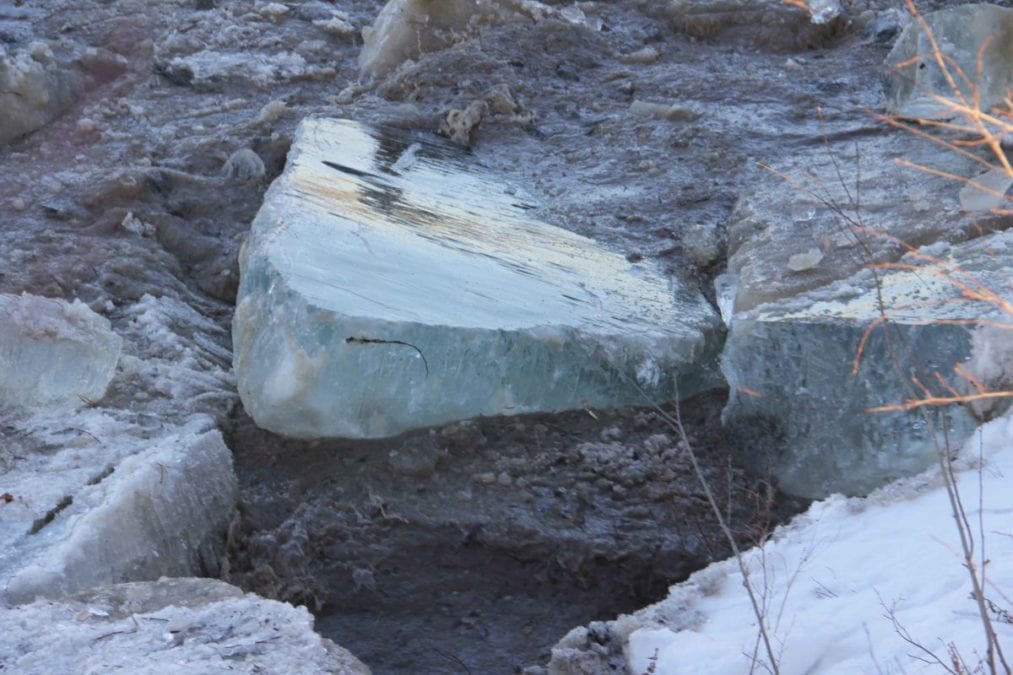
NNSL file photo
As of late last week, the turbidity – more commonly called muddiness – in the water from Great Slave Lake was getting closer to normal.
However, a boil-water advisory remained in place as of June 14.
In an e-mail message to The Hub, Mike Auge, the director of public works with the Town of Hay River, said the levels were getting close to where they should be.
Auge said that the readings were as close to normal on June 12 as they have been since the boil-water advisory was issued on May 13.
"Hoping in the next day or two we'll get to the levels we need to," Auge wrote on June 12. "After we do reach those levels, it will take another approximately 36 hours just to flush out the water that is in the system so that's gone before we request that the advisory gets lifted."
That all depends on factors outside of the town's control, he said.
The boil-water advisory was issued on May 13 by Dr. Kami Kandola, the chief public health officer for the NWT.
The advisory covers Hay River, the Hay River Reserve, Enterprise and Kakisa.
Residents of all four communities are being advised to boil their drinking water for at least one minute.
The four communities are serviced by the same water supplier, which gets water from Great Slave Lake.
It is not necessary to boil water used for other household purposes, such as showering, bathing or washing using tap water. However, people must avoid swallowing the water.
The muddy water in the lake, where there is an intake pipe about eight kilometres from the shore, has been caused by the spring breakup of the Hay River.
Speaking on May 13, Kandola noted that Hay River has an excellent water filtration system.
"However, at some point, it's not sufficient enough to decrease the turbidity," she said. "What happens is, when there is increased turbidity in water, the chlorine has difficulty in inactivating bacteria."
Aside from this year, the most recent boil-water advisory in the Hay River area was in 2018 for a relatively-short five days.
There were also boil-water advisories issued in 2007, 2008, 2009 and 2011.
This year, the water has seemed to be clearing a number of times over the past month only to become muddy once again.
During the May 26 online meeting of council, Coun. Brian Willows asked if that was caused by Mother Nature or if there is an infrastructure issue.
"I would say a majority of that is just a Mother Nature issue where there's not a lot of control over what's coming down the river, how quickly it's coming, how far it's pushing out into Great Slave towards our intake there," said Auge at that time. "I will note that we do have the inspection of the intake line on our capital projects list for this year. So if it is an infrastructure issue where maybe there's some holes in the intake line and we're drawing in from closer to the shore than we think we are because of those holes, then that is something that would be found in the inspection."
The inspection of the intake line is set to take place in August.